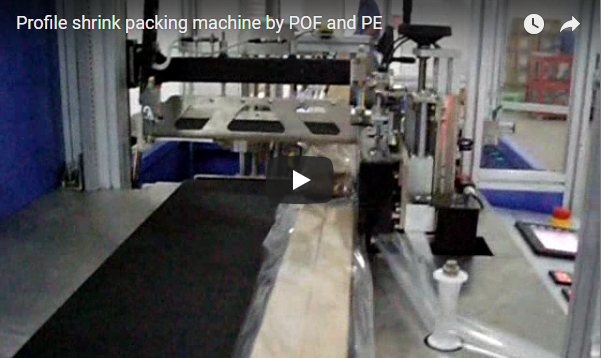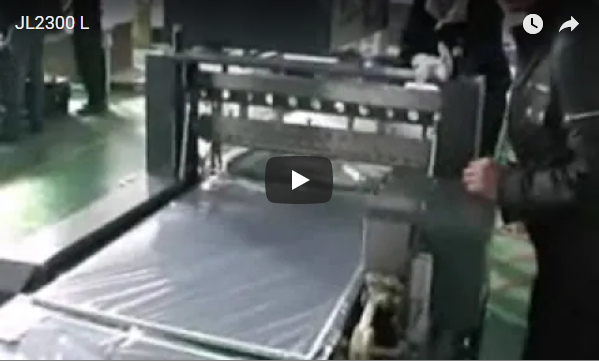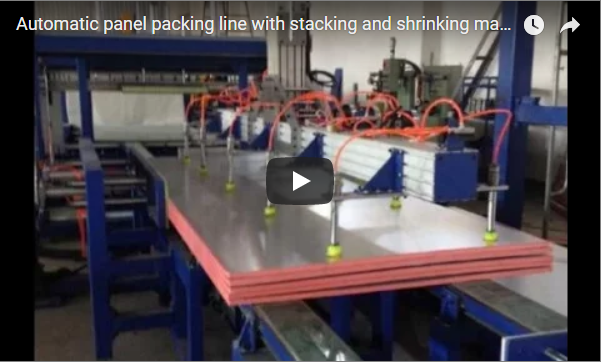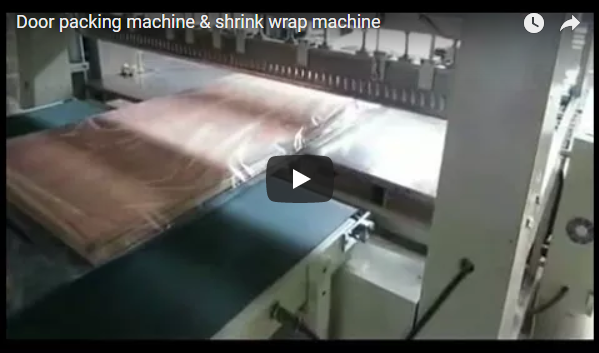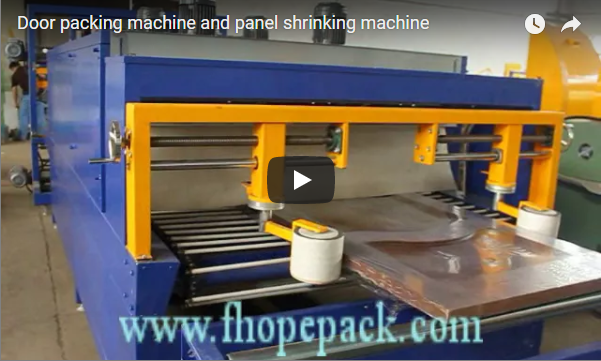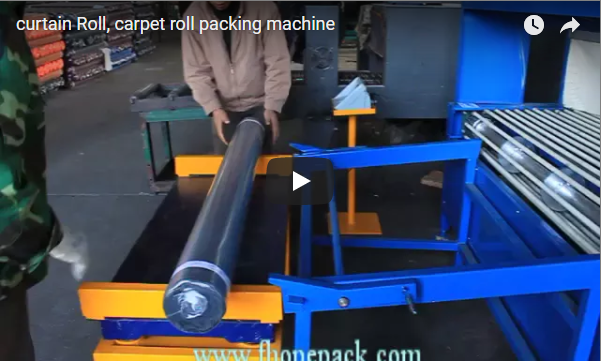Streamlining Bulk Packaging: A Closer Look at Bucket Sealing and Shrinking Technology
Handling bulk materials efficiently and securely is a persistent challenge across numerous industries, from chemical processing to food production and construction materials. Open or improperly sealed buckets can lead to spillage, contamination, and inefficient use of storage space. Addressing these issues head-on, automated bucket sealing and shrinking machines offer a robust solution, enhancing product integrity, optimizing logistics, and boosting operational efficiency.
As observed in industry publications like Packaging World and reflected in various process patents (e.g., concepts related to automated container handling and sealing mechanisms), the demand for reliable end-of-line packaging systems is consistently growing. Let's delve into the operational principles and benefits of this specialized equipment.
Understanding the Mechanism: How Bucket Sealing and Shrinking Machines Operate
These machines integrate multiple functions into a streamlined process, typically involving the following stages:
- Bucket Infeed: Filled buckets are manually placed or automatically conveyed into the machine's processing station. Precise positioning is crucial for accurate sealing and shrinking.
- Sealing Application: The core of the process involves applying a secure seal. Depending on the machine's design and the application requirements, this can involve:
- Heat Sealing: Utilizing heated platens or sealing bars to bond a lid or membrane directly to the bucket rim. This method often requires compatible materials (e.g., specific grades of PE or PP).
- Induction Sealing: Employing an electromagnetic field to heat a foil layer within a specialized cap or liner, creating a hermetic seal. This technique is widely recognized for its tamper-evident properties, as noted in studies on pharmaceutical packaging integrity.
- Mechanical Sealing: Using pressure or clamping mechanisms to securely fasten a pre-formed lid, sometimes incorporating gaskets for enhanced sealing.
- Shrinking Application (Optional/Specific): While the term "shrinking" can sometimes be conflated with content compaction (less common for rigid buckets), it more accurately refers to:
- Tamper-Evident Band Shrinking: Applying heat to a pre-positioned plastic shrink sleeve or band around the lid-bucket interface. The heat causes the band to conform tightly, providing visual evidence of tampering if broken. Research in Journal of Packaging Technology and Science often highlights the role of such features in supply chain security.
- Lid Conformation: In some designs, heat might be used to slightly soften and conform a specific type of plastic lid securely over the bucket rim during the sealing process itself.
- Cooling & Outfeed: After heat application, a brief cooling period may be necessary to set the seal or shrink band before the bucket is ejected or conveyed downstream.
The integration of these steps into a single automated sequence significantly reduces manual handling and improves consistency compared to separate manual operations.
Key Advantages Driving Adoption in Fabrication and Manufacturing
The implementation of bucket sealing and shrinking technology offers tangible benefits aligned with the goals of modern manufacturing and fabrication environments, emphasizing efficiency and quality control:
- Enhanced Product Integrity: Secure sealing is paramount for preventing contamination from moisture, dust, or cross-contamination, particularly vital in the chemical, food, and pharmaceutical sectors. It also minimizes leakage and spoilage, preserving product quality throughout the supply chain.
- Improved Logistics and Storage Efficiency: While not typically compacting the contents, the secure sealing and potential addition of shrink bands ensures container integrity, allowing for more stable stacking and handling. This indirectly contributes to optimizing warehouse space utilization and reducing transport-related damages. Some studies suggest optimized packaging can yield storage density improvements.
- Robust Tamper Evidence: The application of shrink bands provides a clear, cost-effective visual deterrent against tampering and unauthorized access, crucial for regulatory compliance and brand protection.
- Increased Throughput and Automation: Automating the sealing process significantly increases packaging speed compared to manual methods. Integration into existing production lines reduces labor requirements and minimizes ergonomic risks associated with repetitive manual tasks. Manufacturers often report throughput increases ranging from 50% to over 300% depending on the level of automation adopted.
- Operational Safety: Reducing manual handling of buckets, especially those containing hazardous materials or weighing considerable amounts, enhances workplace safety.
Technical Specifications and Considerations
When evaluating bucket sealing and shrinking equipment, several parameters are critical:
- Machine Configuration: Available from semi-automatic single-station units to fully automated inline systems integrated with conveyors.
- Throughput Rate: Measured in buckets per minute or hour, depending on the level of automation and cycle time.
- Bucket Compatibility:
- Diameter and Height Range: Machines are typically designed for specific size ranges.
- Material: Compatibility with plastic (PP, HDPE) or metal buckets.
- Sealing Method: Heat sealing, induction sealing, mechanical.
- Shrink System: Heat source (hot air, radiant) and temperature control precision.
- Control System: PLC-based controls for parameter adjustment, recipe storage, and integration capabilities (e.g., connection to SCADA or MES).
- Power & Utility Requirements: Electrical specifications, compressed air needs.
Diverse Industrial Applications
The versatility of bucket sealing and shrinking machines makes them suitable for a wide array of industries:
- Chemicals: Sealing containers of adhesives, resins, solvents, catalysts, and specialty chemicals.
- Paints, Coatings & Sealants: Ensuring product freshness and preventing leakage for paints, varnishes, inks, grouts, and construction sealants.
- Food Processing: Packaging bulk ingredients like powders, granules, pastes, and viscous liquids.
- Pharmaceuticals & Nutraceuticals: Securing bulk raw materials or intermediate products.
- Agriculture: Packaging seeds, fertilizers, and certain pesticides.
- Waste Management: Securely containing certain types of industrial or hazardous waste prior to disposal.
Conclusion: Investing in Packaging Excellence
In today's competitive manufacturing landscape, optimizing every stage of production and distribution is key. Bucket sealing and shrinking machines represent a valuable investment for companies dealing with bulk materials in pails or buckets. By enhancing product protection, providing tamper evidence, increasing operational speed, and improving handling efficiency, this technology directly contributes to lower operating costs, improved product quality, and greater supply chain integrity—objectives central to the operational excellence pursued by leading fabricators and manufacturers globally. As automation continues to reshape industry, solutions like these become indispensable tools for maintaining a competitive edge.

